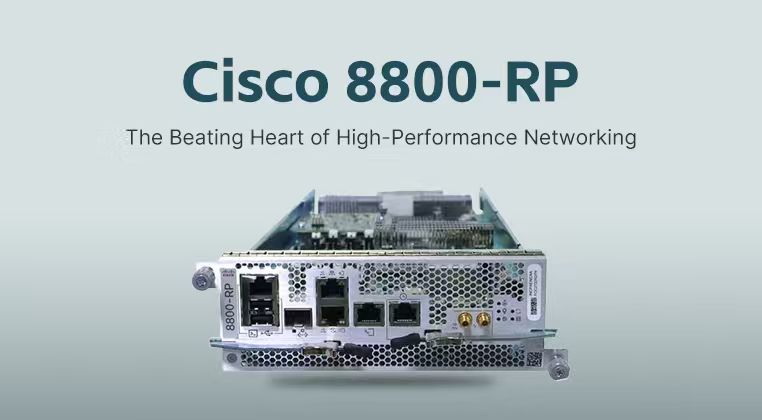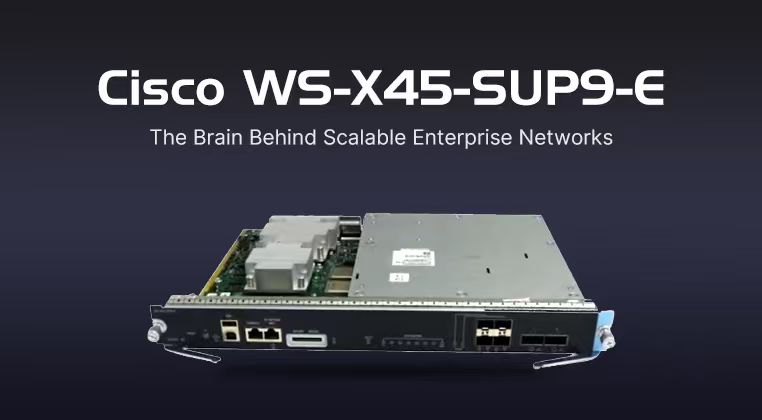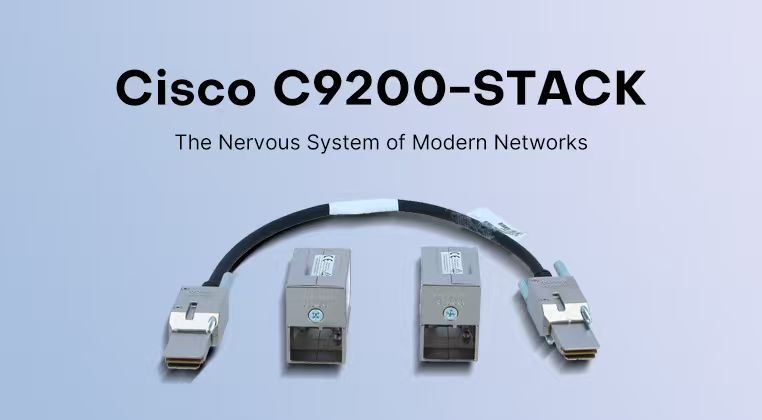



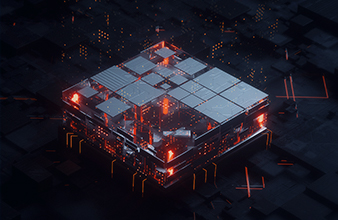










Cisco Switch Duel: When the Data Center Meets the Campus
Picking a switch between Cisco's extensive lineup can feel like navigating a maze. Today, we're putting two very different contenders from the Cisco stable side-by-side: the Nexus 2000 Series Fabric Extender (FEX) N2K-C2348UPQ-10GE and the Catalyst 3850 Series Switch WS-C3850-24XU-S. They're built for different worlds, and choosing the right one boils down to understanding where they truly shine.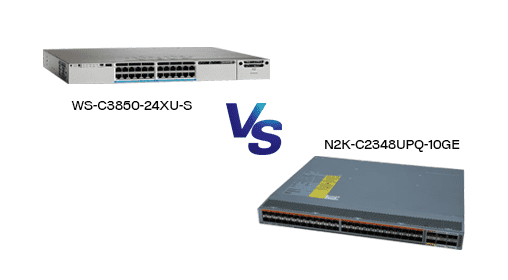
Let's kick things off with a hard numbers comparison. This table lays out their core specs, making the differences crystal clear.
|
Core Parameter Comparison |
N2K-C2348UPQ-10GE |
WS-C3850-24XU-S |
|---|---|---|
|
Primary Role |
Data Center Top-of-Rack (ToR) Fabric Extender |
Enterprise Campus Access & Distribution Layer Switch |
|
Port Configuration |
48 x 1/10G SFP+ (Downlink), 6 x 40G QSFP+ (Uplink) |
24 x Multi-Gigabit (100M/1/2.5/5/10G) UPOE RJ45 |
|
Switching Capacity |
Information not available in search results |
640 Gbps
|
|
Forwarding Performance |
Information not available in search results |
Information not available in search results |
|
Power over Ethernet (PoE) |
Not supported on data ports |
Universal PoE (UPOE), up to 580W total budget
|
|
Management Style |
Dependent on an upstream Nexus 5000/7000/9000 series parent switch (Controller-less) |
Fully standalone managed switch, stackable, with advanced L3 features
|
|
Key Features |
High-density 10G server connectivity, low-latency fabric |
Multi-Gigabit for Wi-Fi 6/6E APs, advanced routing, QoS, PoE+
|
First impressions matter. The WS-C3850-24XU-S sports the classic, robust look of a campus switch, designed for a wiring closet. It's a 1U rack-mountable unit that feels solid and business-like
.The N2K-C2348UPQ-10GE, on the other hand, has the leaner, high-port-density build of a data center switch. It's all about packing a massive number of fiber connections (48 SFP+ ports!) into a compact space to connect a rack full of servers. Its identity is purely functional, built for efficiency in a controlled environment.
This is where they completely diverge. Think of the Catalyst 3850-24XU-S as a brilliant, autonomous mayor of a small town. It makes its own decisions. It's a fully functional Layer 3 switch that can route traffic, implement complex security policies, and prioritize voice or video traffic with sophisticated QoS right at the edge of your network. Its star feature is the 24 Multi-Gigabit UPOE ports. This means each port can automatically negotiate speeds from 100M all the way up to 10Gbps, making it perfect for powering and connecting next-generation Wi-Fi 6/6E access points and other high-power devices without needing adapters. It's built for the convergence of wired and wireless networks.
Now, the Nexus 2348UPQ-10GE isn't a mayor; it's a highly efficient, super-responsive deputy. It's a Fabric Extender (FEX), which means it can't function alone. It must be connected to a parent switch, like a Cisco Nexus 5000/7000 or 9000 series switch. All the brains—the management, the routing, the security policies—reside in the parent switch. The FEX simply extends the parent's fabric, acting as a remote line card. This centralized management is a dream for data center admins who need to manage hundreds of ports from a single point. It offers incredibly low-latency, high-bandwidth connectivity for servers, but it defers all complex thinking to its boss.
For stability, both are rock-solid when used in their intended environments. The Catalyst 3850 is a workhorse for enterprise campuses, known for reliable performance in varied conditions. The Nexus platform, born in the data center, is engineered for maximum uptime and predictable performance in a controlled setting.
The user experience, however, is night and day. With the 3850, you log into the switch itself. You have a full web interface or a command-line (CLI) to configure everything from scratch. It offers flexibility and is familiar to any network engineer.
With the 2348 FEX, you almost never interact with it directly. You configure everything on the parent switch. The FEX just shows up as a set of ports on the parent. This makes deploying and managing many switches incredibly efficient—you define a policy once and apply it everywhere. But if the link to the parent goes down, your control over the FEX goes with it.
When it comes to value, there's no universal winner—it's all about the problem you're solving.
The Catalyst WS-C3850-24XU-S is the undisputed champion for the campus. If you need to power and connect advanced wireless access points, VoIP phones, and a variety of devices with flexible speeds and PoE, this is your switch. Its Multi-Gigabit UPOE ports are a massive advantage, ensuring your network is ready for the next wave of devices.
The Nexus N2K-C2348UPQ-10GE is a powerhouse in the data center. If you have a rack full of servers needing 10Gbps connectivity and you're running a fabric-based architecture with a capable parent switch, the FEX model offers unparalleled density and streamlined management. It's the go-to for scaling out server farms efficiently.
So, what's the verdict?
You don't so much choosebetween these two as you identifywhich ecosystem you belong to.
Choose the Cisco Catalyst 3850-24XU-S if... your world is the enterprise campus, wiring closets, and a need for versatile connectivity with strong PoE and standalone intelligence.
Choose the Cisco Nexus 2348UPQ-10GE if... your world is the data center, you have a compatible parent switch, and your priority is high-density, low-latency server connectivity with centralized control.
Picking the right switch saves you from future headaches and ensures your network can grow seamlessly. It's not about which is better overall, but which is the perfect fit for your specific terrain.
